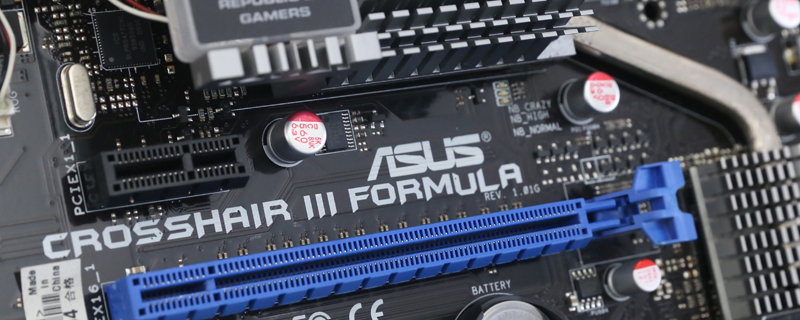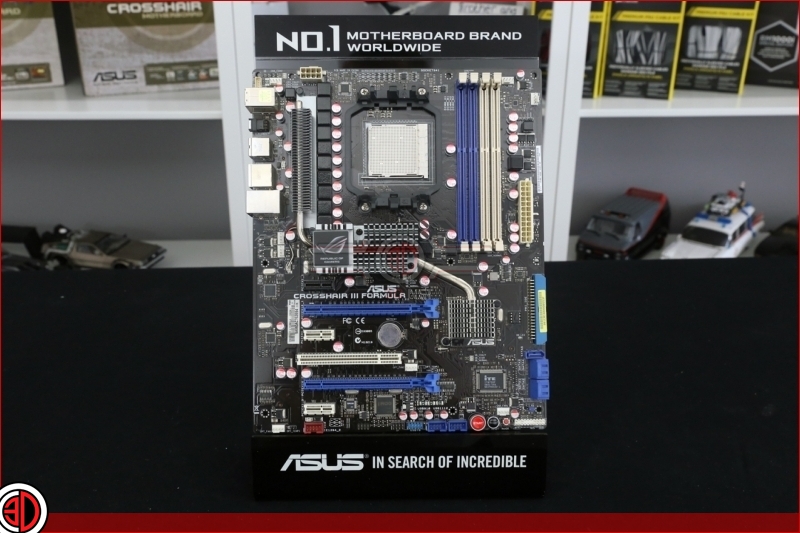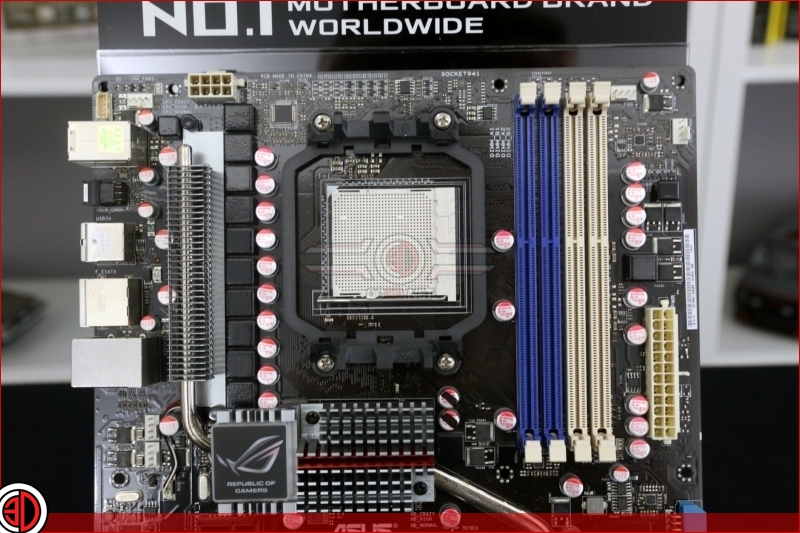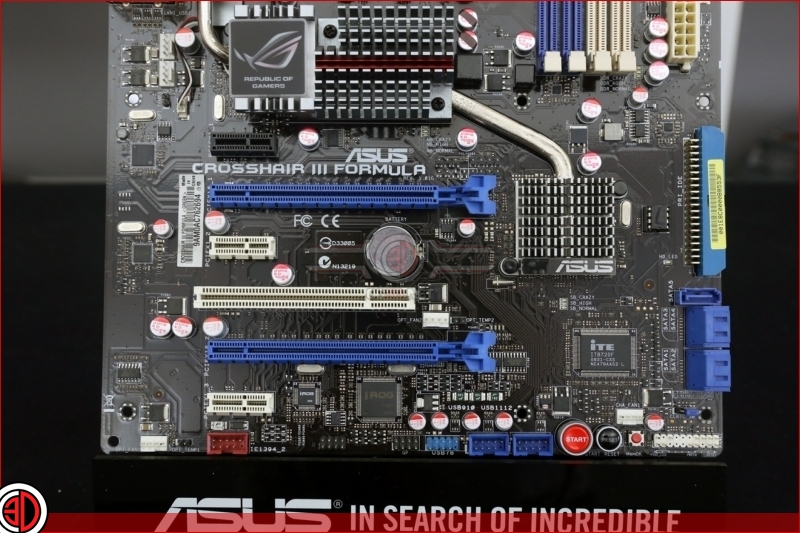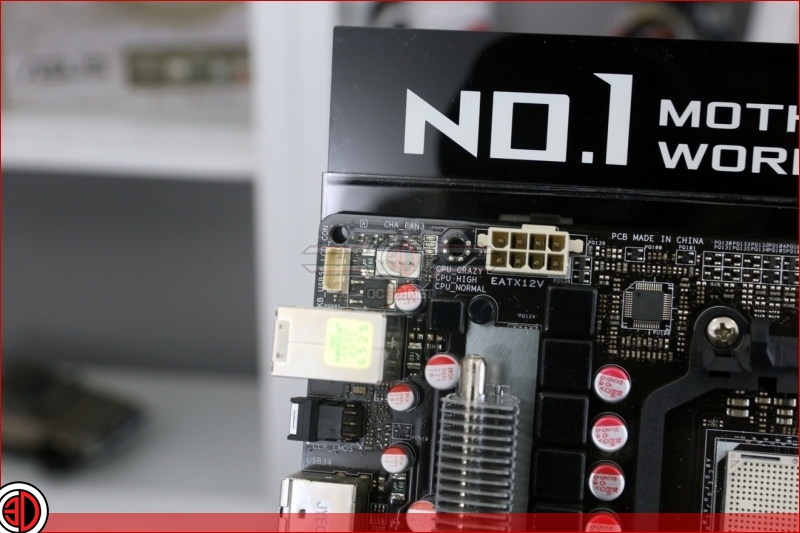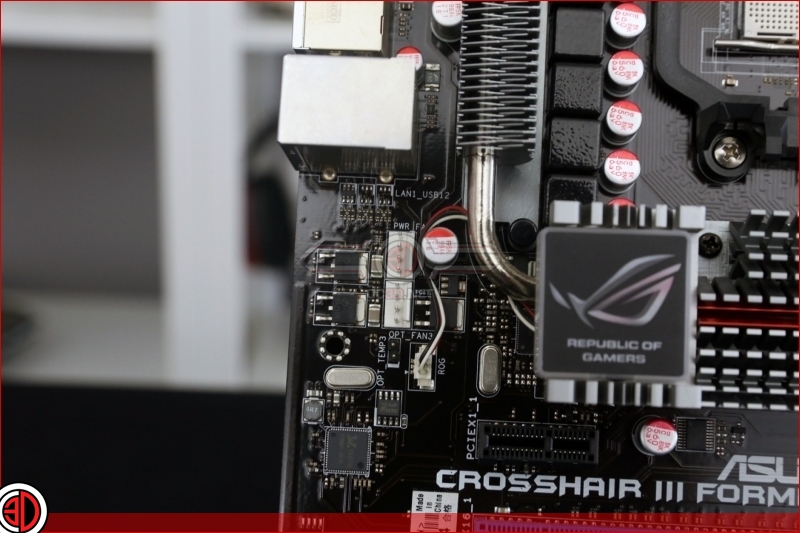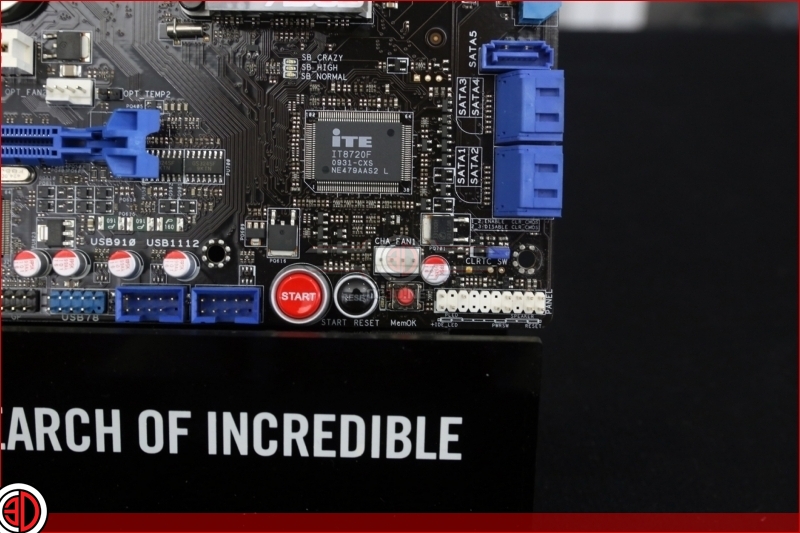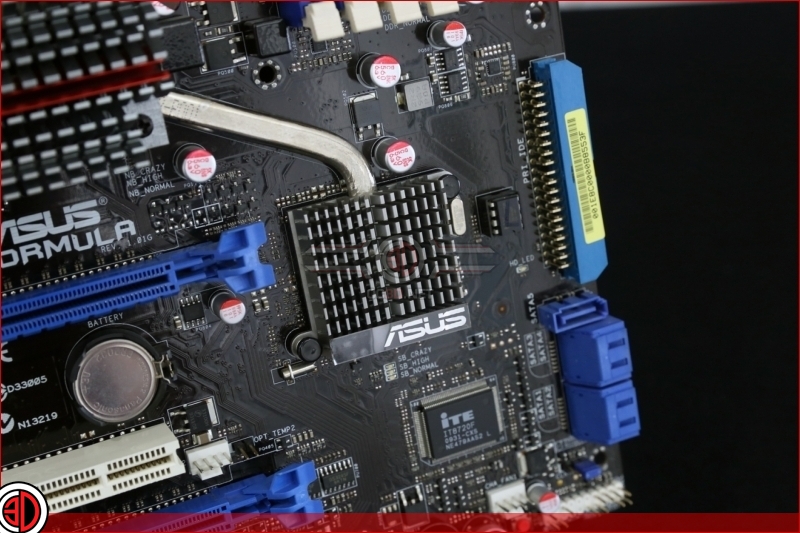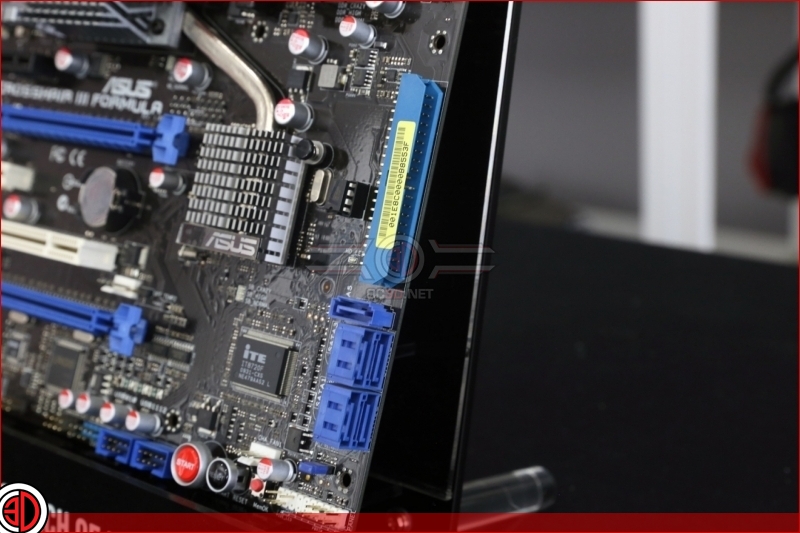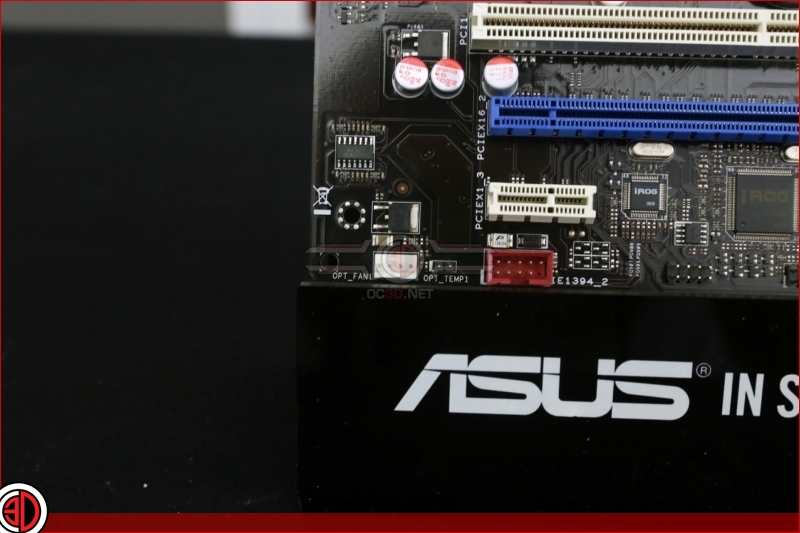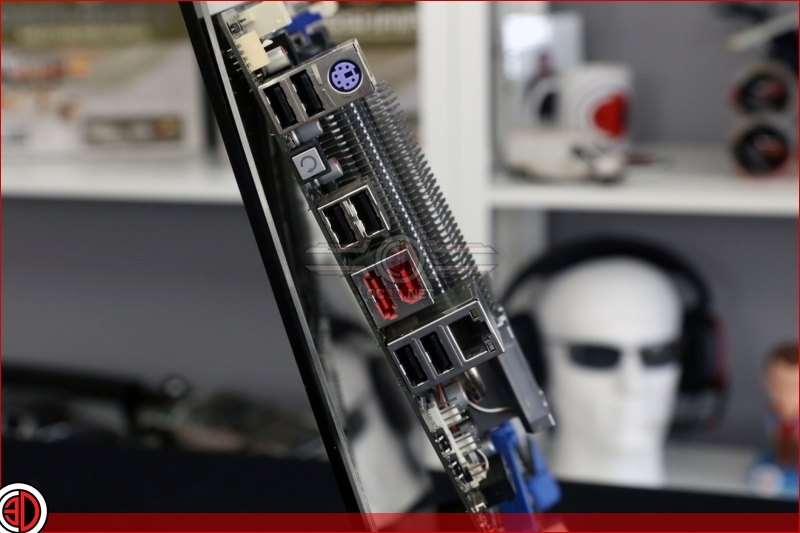ASUS Crosshair Evolution
Crosshair III Formula
The Crosshair III begins to codify the Republic Of Gamers elements, whilst still not quite being where it is these days. If the previous two Crosshair offerings look curious to those of you who are new to the hardware world, then we think that the Crosshair III is the one that really looks like the current generation of motherboards. There are some holdovers, the use of multicoloured plastics is still sadly with us – there is something we’re delighted has been consigned to the history books – and there is still a legacy PCI slot. You do, however, see where the market is going as the amount of PCIe x1 slots have doubled to two as sound cards moved from PCI to the stubby PCIe.
The Crosshair III is the first of the Crosshair models to include the AM3 socket which would cling to life until the recent Ryzen CPUs. Chipsets have moved away from the nForce options on the first two Crosshair motherboards into a full AMD model, 790FX chipset with 750 Southbridge. Yes, the Southbridge is still here, not yet integrated into the chipset as a whole. That move to an AMD chipset means that the Crosshair has switched allegiance from the nVidia SLI multiGPU technology to the CrossfireX of AMD. The ROG logo that lit up on the Crosshair II has proven popular enough to get its own place on the Crosshair III though, no longer is it floating in a ‘last minute addition’ way, but part of the northbridge heatsink. There is a massive reduction in the amount of capacitors too, and the placement of them has had a lot more care than appeared on the original pair of Crosshairs. The 8pin 12V CPU connector has crept towards the edge of the board, where it can drive everyone crazy attempting to plug a fat cable into the tiny gap between the edge of the Crosshair III and the roof of your case. We’ve lost so much skin plugging this cable in we think we could create a clone out of the remnants from our knuckles.
Memory has had a big change too. Gone is the 1066 MHz DDR2, which by now was so long in the tooth it could double as a beaver, and in its place the modern 1600 MHz DDR3, supporting up to 16GB. The OS limitation warning was still in full effect as most of us hadn’t transitioned to 64-bit Operating Systems yet, nor were there many applications which took advantage of more than a couple of GB of memory. When you are living in a time when we haven’t all got 4K HD video recorders in our pockets the need for great piles of memory didn’t have the same demand unlike today.
SATA connections have gone down from the amount on the Crosshair II though, with just four horizontal ones and a single vertical. Still SATA II, but thankfully the Floppy connector has been consigned to the scrap heap. If you were particularly partial to your fat slow drive there is still a single IDE connector, although at this point in its lifespan most of us were using it for our old optical drive rather than our main faster drives. The rear panel of the Crosshair III Formula eliminates the display outputs that were introduced on the Crosshair II, and the extra LAN connector has gone the same way. In fact, connectivity wise, the Crosshair III is definitely a step down from the II, with six USB 2.0 ports, a single LAN, single PS/2, single eSATA. That Firewire port refused to budge though. Possibly the least used connector this side of Thunderbolt.
Audio has been boosted by the use of a breakout card though. No longer is the SupremeFX audio “onboard”, but instead the Crosshair III Formula came with a full-fat X-Fi card, supporting EAX 4.0, Creative ALchemy technology and really started the trend for great built in sound, to the detriment of Creative’s accountants, and indeed ASUS own soundcard subdivision.



